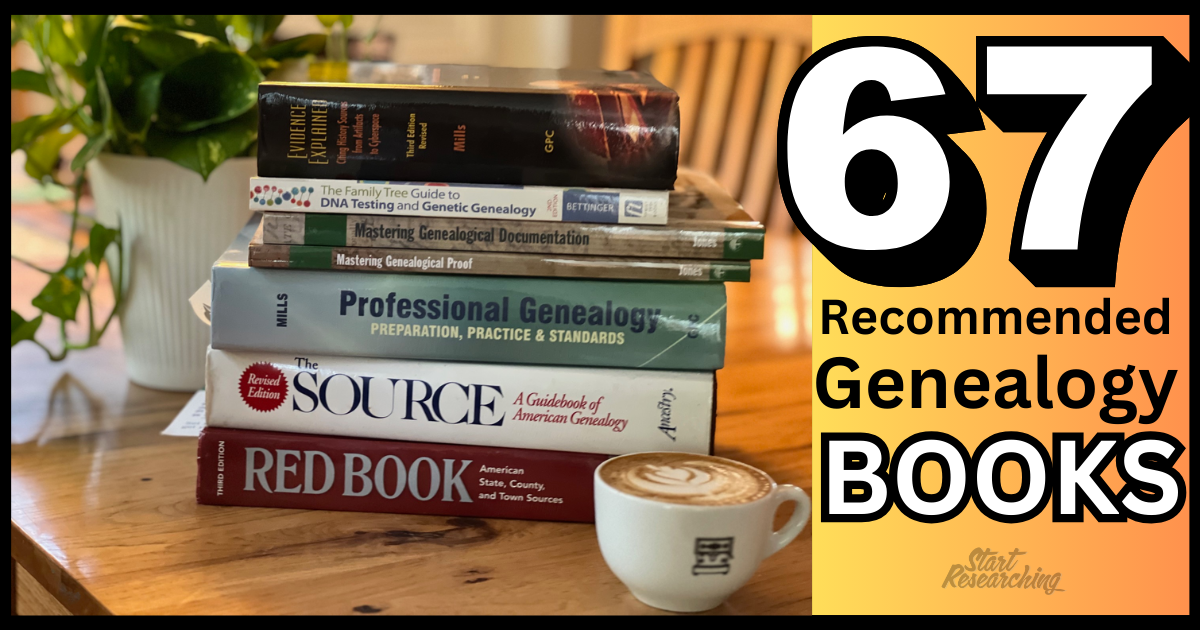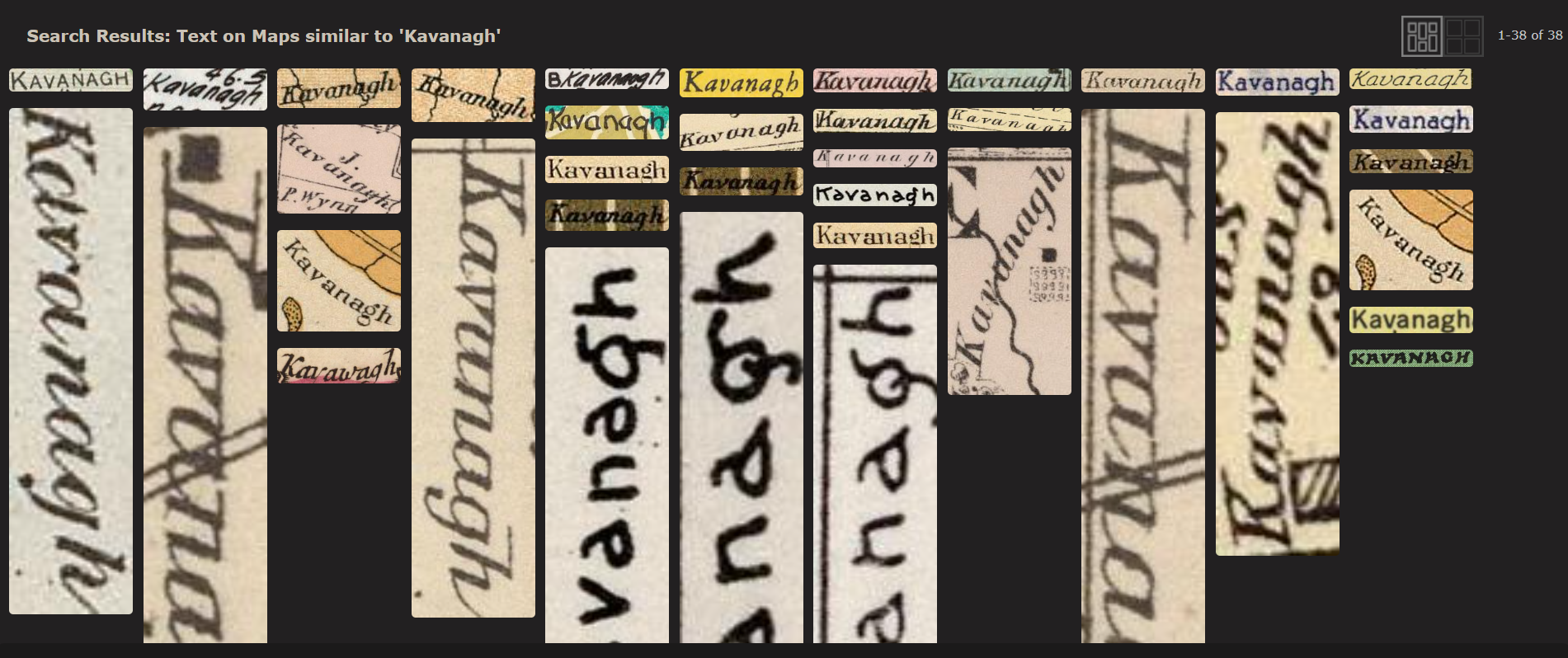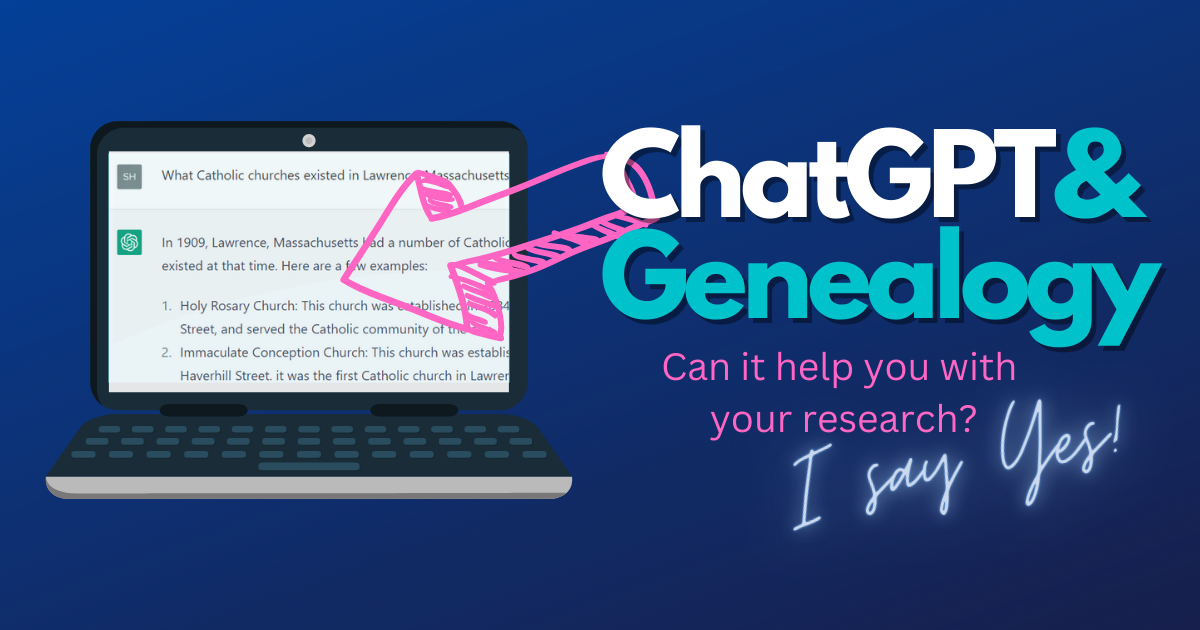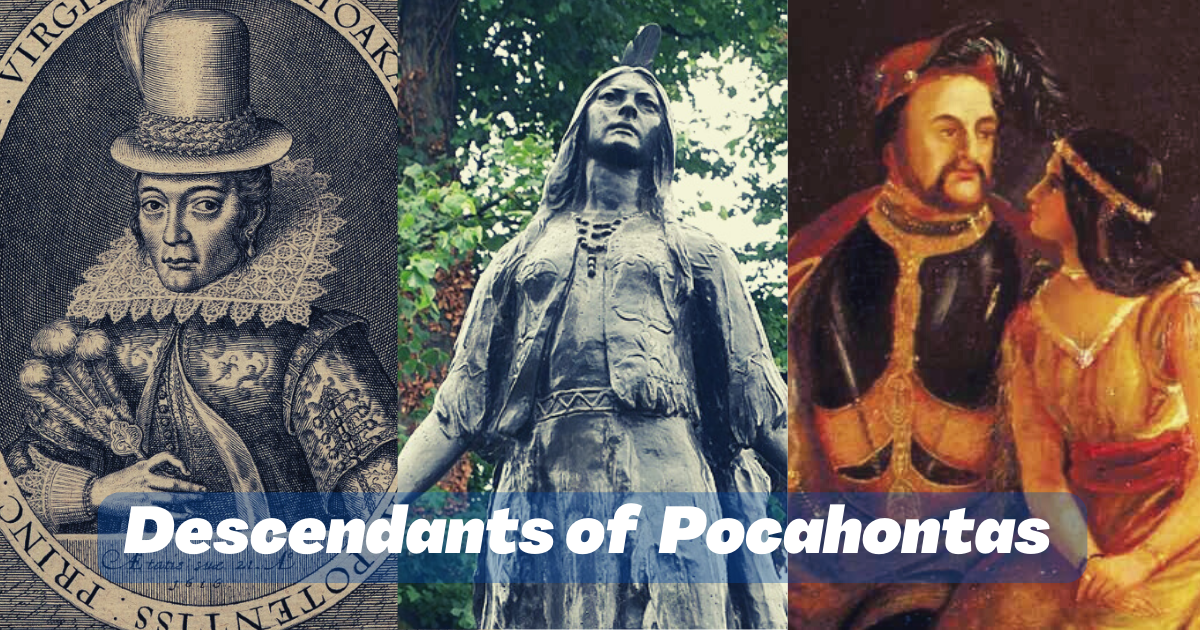31 December 2023, by Sherri Mastrangelo
Before there was a celebratory ball drop in downtown New York to countdown the New Year, there were “time balls” in use by naval observatories along the coasts and in high vantage points through out many countries. These large balls on the tops of buildings and towers were visible for miles, and were created as a way for everyone to agree on the time. When the ball starting dropping, people knew it would be 1 pm (or noon in the United States - why the difference I’m not sure).
You’ve probably seen a handful of these time balls in person on historical buildings, or through your research looking at old photographs and postcards. Whatever the case, you’ll notice them all the time now!
Courtesy of Wikimedia, captioned: “The Customs House building on the Wellington [New Zealand] waterfront, built in the 1860s on reclaimed land, and showing the time ball which began operating on 8 March 1864.”
The world’s first time ball was tested in 1829 in Portsmouth, England by the British Admiralty, influenced by an officer named Robert Wauchope, who wanted a visual signal from the shore for sailors to set their chronometers by - as opposed to the then practice of keeping time by gun shot sounds (Kinns, Fuller & Bateman). A couple years later, “one of the first time balls, installed at 1833 at the Royal Greenwich Observatory outside London, England, dropped daily at 1 PM so that captains of ships passing on the River Thames could verify the time on their chronometers. Since typically only the rich owned personal clocks and watches, the rest of the population relying on local sundials, time balls provided a solution to standardizing what time it actually was.” (Matthias, Britannica). In addition, those that had watches could set them accurately by tracking these time balls.
More and more people needed to determine the accurate time, especially with the growing railways and the need to catch trains, and the growing industrial workforce with employees clocking in and out of their jobs.
”The first time ball established in the United States was dropped from the dome of the Naval Observatory at Washington in 1855…The New York time ball, established in 1877, is dropped at New York noon, by an electric signal, sent from the Naval Observatory at Washington. It was erected and is maintained by the Western Union Telegraph Company, and is dropped from their building on Broadway.” (Pritchett). Interestingly this was before the establishment of time zones in the United States, and the local time in Washington was different than New York.
By the beginning of the 20th century, there were hundreds, if not more, of these time balls, as this 1901 newspaper article shares that “…in order to keep the country well regulated so far as time is concerned the naval observatory under takes to correct the clocks of the country. When the hour of noon strikes at the observatory electrical signals go forth to all parts of the country, and over 70,000 clocks are simultaneously set exactly at the noon hour…At the same time thousands of time balls along the coast drop theirs signals to indicate to mariners and others that the hour of noon is here” (Washington Standard, 1901).
So why the traditional ball drop in New York on NYE?
It all started with a party held by the owner of The New York Times newspaper, when “in December of 1904, this newspaper celebrated the move to its new Times Square building with a New Year's Eve party, which thereafter grew year by year. When, in 1907, a ban on fireworks prompted The Times to find a new celebration finale, a time ball was brought in, and the tradition began.” (Huler, The New York Times). The tradition continued “with the exceptions of the World War II “dimouts” in 1942 and 1943, the New Year’s Eve Ball hasn’t missed a year since its 1907 debut” (Britannica).
Though the ball drop on New Year’s Eve in Times Square isn’t an authentic “time ball” in the historical sense. ”The Times Square ball isn't quite a true time ball. The eye can easily pick up motion, so precise time balls mark time by starting to move, not by stopping. The Times Square ball marks time with the end of its motion -- hard to perceive and inexact, but presumably more fun for counting backward” (Huler).
I’m willing to bet it is the only time ball covered in triangles of Waterford Crystal and lights though!
Source: Evening star. (Washington, D.C.), 02 July 1905. Chronicling America: Historic American Newspapers. Lib. of Congress. (https://chroniclingamerica.loc.gov/lccn/sn83045462/1905-07-02/ed-1/seq-44/)
In the image above of a 1905 advertisement for the American Waltham Watch Company, we see the crowd setting their pocket watches with a time ball at the top of a distant building.
Image Source: The San Francisco call. [volume] (San Francisco [Calif.]), 23 May 1909. Chronicling America: Historic American Newspapers. Lib. of Congress. <https://chroniclingamerica.loc.gov/lccn/sn85066387/1909-05-23/ed-1/seq-6/>
Above: a 1909 newspaper article of the The San Francisco Call describing the time ball on the roof of the Fairmont Hotel.
“The Boston Time Ball (1881)” courtesy of Wikipedia, public domain. Caption reads: “The Boston Time Ball on the roof of the Equitable Life Assurance Society building, at the corner of Devonshire and Milk Streets, Boston MA.” Note the pulley system for raising and lowering the ball at noon. View from the street in the top right corner of this image of 67 Milk Street.
The Boston time ball, pictured above, received it’s signal from the Harvard College Observatory, and was made “of copper and weighs about 250 pounds…The cost of the ball and machinery was about $1200. The electric signal which drops it, is given by the clock itself, the ball having a drop of fifteen feet” (Pritchett). Accounting for inflation, the cost for the ball would be just over $36,000 today.
Though largely accurate, time balls were subject to errors caused by weather or other issues. “For the year ending Nov 1st, 1880, the ball was dropped exactly at noon on 355 days; on four other days at five minutes past noon…on four other days it was not dropped, leaving only three cases of inaccuracy of dropping” (Pritchett). While some time balls would have a red flag raised when the ball was raised and dropped late, others would simply report the error in the following morning’s newspaper. In some areas, the balls were not dropped on Sundays or holidays, however.
Image courtesy of flickr user daves_archive_inactive_at_current_time, some rights reserved.
Above: note the red time ball at the top of the tower of the Royal Observatory in Greenwich - which still operates today as part of a museum.
Time Ball Tower, South Africa. Photo by Andrew Hall, wikimedia CC by SA 3.0
Have you noticed any historic time balls on buildings near you?
Sources and Further Reading
Huler, Scott. “A Brief History of Time Balls”. The New York Times, 30 December 2004. (https://www.nytimes.com/2004/12/30/opinion/a-brief-history-of-time-balls.html#:~:text=The%20United%20States%20Naval%20Observatory,it%20kept%20dropping%20until%201936.)
Kinns, Fuller & Bateman. “Exploring the Portsmouth Time Balls” Journal of Astronomical History and Heritage, 19 April 2023. Vol 24, Issue 3 (https://www.sciengine.com/JAHH/doi/10.3724/SP.J.1440-2807.2021.03.13)
Pritchett, H.S. “The Kansas City Electric Time Ball” 1881 (https://archive.org/details/jstor-2900500/page/n1/mode/2up)
Matthias, Meg. “Why Do We Drop a Ball on New Year’s Eve?” Britannica. (https://www.britannica.com/story/why-do-we-drop-a-ball-on-new-years-eve)
Unknown Author. “When Noon Comes: Government Sends Exact Time to Every City”. Washington Standard (Olympia, Wash. Territory), December 6, 1901 (https://lccn.loc.gov/sn84022770)

















